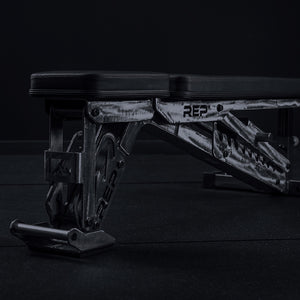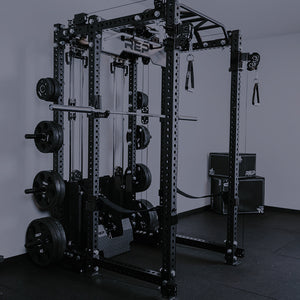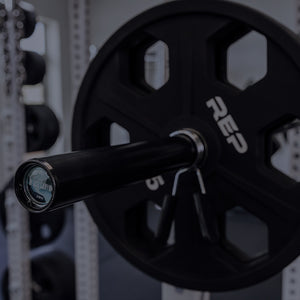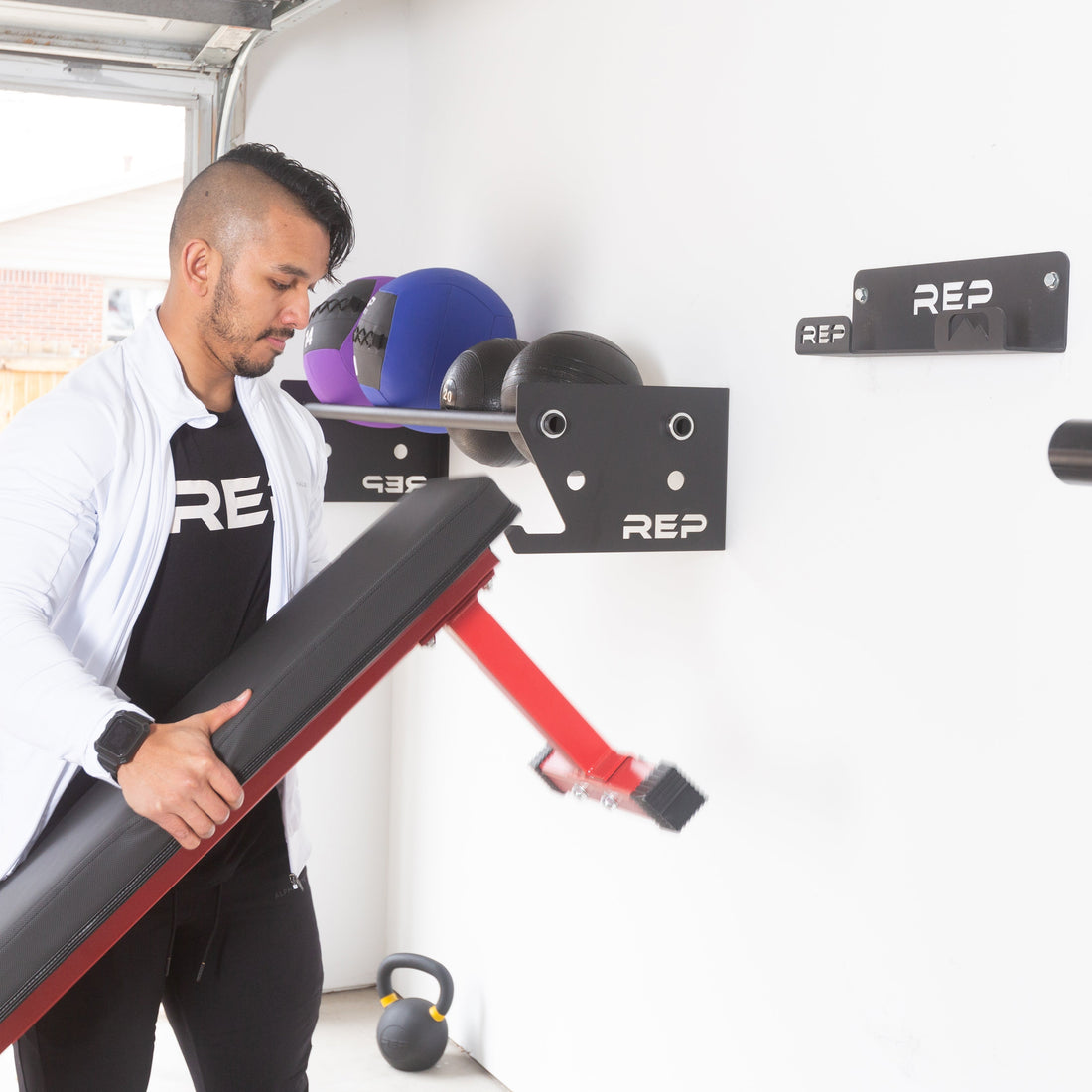
If you’ve ever wasted your time (and pump) wandering around looking for the right cable attachment handle, you know firsthand the importance of organization in the gym.
And not just to prevent frustration. The best rest period between sets is 30 to 90 seconds for muscle growth (hypertrophy) and just 30 seconds or less to improve muscular endurance. We can’t have you meandering around the gym all willy-nilly.
An organized gym also means you’re taking better care of your equipment, which helps it last longer. Barbells falling on the ground can mess up their bearings and cause them to collect dirt and filth. Please don’t disrespect your barbells like that. They deserve love.
Here are some tips to organize your workout space.
The ABCs of Organization

The same principles of organizing your house can apply to your garage gym, too.
A simple and effective method professional organizers use is to divide your stuff into A, B, and C zones.
A Zone: Most-Used Equipment
The A zone will be the equipment you use every workout or most workouts: barbells, plates, dumbbells, resistance bands, spring clips. If you have a cable machine, the A zone includes the handles you use most frequently (probably a lat pulldown bar, straight bar, tricep rope).

Of course, what you use most depends on your training goals and personal preferences. A powerlifter’s A zone is going to look different than a bodybuilder’s.
Because this is the stuff you use most frequently, it should be in the most accessible location.
Store your plates directly on your power rack (and take up minimal extra floor space) with Weight Storage Horns that connect to your rack, or build customized in-rack storage with the Modular Storage System. Check out the In-Rack Storage 2.0 builder here.
You can also choose a weight tree (this one also holds two barbells vertically).
Use band pegs on your rack to store resistance bands and cable attachments up and out of the way. Attach a Gun Rack Barbell Storage to the closest wall to organize your barbells and spring clips when not in use. Put nothing in front of this storage space to keep clear access, and make sure it’s at an easy height to access.
If you have many barbells and want to store them vertically (or don’t have the wall space for a horizontal Gun Rack), check out the heavy-duty 9 Bar Storage system that takes up minimal floor space and can organize nine different barbells.
For the A zone, everything should be easy to see, super close, and have no barriers for quick access.
B Zone: The Less-Frequent Gear

The B zone is for the gear you need but don’t use every workout. Maybe the stuff you use every other week or monthly.
This might include specialty barbells, like a safety squat bar and trap bar, and lesser used cable attachments, like cannonball grips, a sports handle, and the neutral grip lat bar.
It may also include change plates if you’re a powerlifter inching up your bench max; slam balls or medicine balls to throw in the mix occasionally; or the landmine attachment.
Store your B zone goodies nearby, but not in the most prominent location. So perhaps put your slam balls or med balls in the Wall-Mounted Ball Storage rack just past your barbell rack. A Modular Storage System set up just beyond your power rack can hold a ton of stuff, if you have the floor space. You could even pop it up on the other side of the gym – a few extra steps but still totally accessible.
For the B zone, this is the middle priority. Not right in your face, but no problem to find.
C Zone: The Least-Used Equipment

The C zone is where the rest goes. This is the gym gear you need and want, but you don’t use as much – monthly or less frequently. It might be that massage gun you use when your hammies lock up, the peanut roller you use when you need to get into that deep crevasse under your scaps, and seasonal stuff, like a push/pull sled that can be hard to use in winter. The C zone is for floss bands you only need to use when your elbow tendinitis is acting up.
As such, you don’t want to store your C zone stuff in a super prominent location. You can hang these items on a Multi-Use Wall-Mounted Storage a bit higher (above your other storage, even if you need to pull out a ladder to get to it). You could also stash it in a plastic storage pin or if space is limited, in your basement or another room. Wherever makes sense for you, without being in the way or cluttering up your space.
Organization Rules

An ABC organization system is only the first step of having an orderly gym. The next part (and most important part) is to actually use it. This means always hanging up your spring clips when you’re done (they seem to sneak away like socks in the laundry), putting away your weights, and storing your barbell on the proper rack – not leaving it rolling around on the floor or propped against the wall where it can fall.
Whether they’re A, B, or C, the bottom line for organizing your gym goodies is to keep them off the floor and make sure everything has a home. Plus, if your equipment isn’t scattered all over the floor, you have more space to move and get the werk done.
Aimee Heckel, CPT, is a health and fitness journalist with over 20 years of experience. She set an all-time world-record deadlift in her division across all powerlifting federations at Mr. Olympia. In addition, she earned a national deadlift record and 18 Colorado state records. Heckel also has nine world records in grip sport, a pro card in natural figure bodybuilding, four first-place bodybuilding titles, and was named IPE Ms. Colorado Figure.
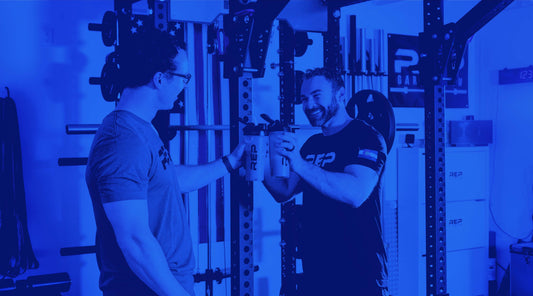
NEWSLETTER SIGNUP
Product launch information, promotions, blogs, and REP news.

